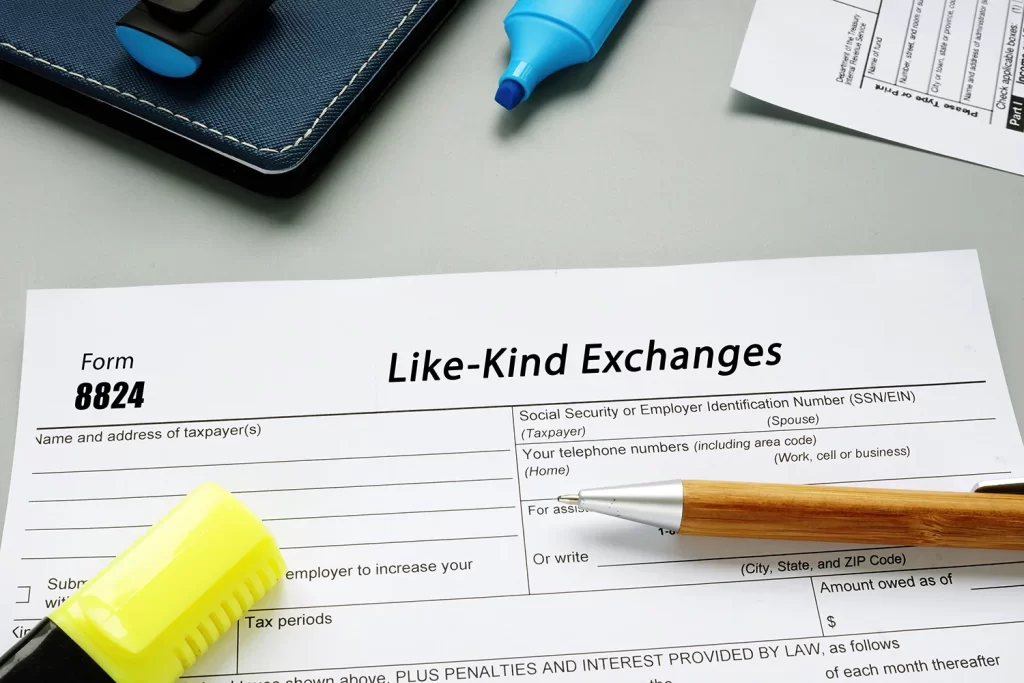As a hard money lender with over two decades of experience, I’ve seen countless real estate investors leverage 1031 exchanges to defer capital gains taxes and grow their portfolios. While the tax benefits are undeniable, the strict timelines and complex process can be daunting, especially after your property is listed.
In this guide, I’ll walk you through the critical steps and strategies for navigating a 1031 exchange after listing your property. Whether you’re a seasoned investor or new to the concept, understanding the timeline and potential pitfalls is crucial for a successful exchange.
1. Listing Your Property: The Starting Line of Your 1031 Race
The moment you list your relinquished property (the one you’re selling), the clock starts ticking on your 1031 exchange. The IRS imposes two key deadlines:
45-Day Identification Period: Within 45 days of closing on your relinquished property, you must formally identify potential replacement properties. You can identify up to three properties with no restrictions on value or debt, or an unlimited number of properties as long as their combined fair market value doesn’t exceed 200% of the relinquished property’s value.
180-Day Exchange Period: You have a total of 180 days from the closing date of your relinquished property to acquire your replacement property or properties.
2. The 45-Day Sprint: Finding Your Replacement Property
This is where the real legwork begins. You need to act swiftly to identify suitable replacement properties that meet your investment criteria and financial goals. Here’s what you need to consider:
Property Type: Remember, the replacement property must be of “like-kind” to the relinquished property. This generally means another investment property, but it can also include land or even certain types of personal property.
Location: While there are no geographic restrictions on your replacement property, consider the potential impact on your investment strategy and management capabilities.
Value and Debt: Ensure the replacement property’s value and debt meet the IRS requirements for full tax deferral.
Pro Tip: Engage a qualified intermediary (QI) early in the process. A QI is a neutral third party who holds the proceeds from your sale and facilitates the exchange. They can provide invaluable guidance and ensure you adhere to the strict IRS rules.
3. The 180-Day Marathon: Closing the Deal
Once you’ve identified your replacement property or properties, you enter the final phase of your 1031 exchange: closing the deal. This involves negotiating the purchase contract, conducting due diligence, securing financing (if needed), and finalizing the transaction.
Financing Challenges:
Obtaining financing for a replacement property within the 180-day window can be a hurdle, especially if you’re relying on traditional lenders. Hard money loans can be a valuable tool in this scenario, offering faster approvals and more flexible terms than conventional financing.
The CapSource Advantage:
At CapSource, we specialize in providing fast and flexible hard money loans for 1031 exchanges. Our experienced team understands the time constraints and can expedite the loan process to ensure you meet your deadlines and maximize your tax benefits.
4. Navigating Potential Pitfalls
Even with careful planning, 1031 exchanges can encounter unexpected challenges. Here are some common pitfalls to be aware of:
- Not Identifying Replacement Properties on Time: Missing the 45-day deadline can disqualify your exchange and trigger a taxable event.
- Not Closing on Time: Failing to acquire the replacement property within 180 days will also result in a failed exchange and tax liability.
- Not Meeting the Like-Kind Requirement: The replacement property must be of similar nature or character to the relinquished property. If not, the exchange may not qualify for tax deferral.
- Receiving Proceeds Directly: You cannot receive the proceeds from the sale of your relinquished property directly. They must be held by a QI to maintain the exchange’s integrity.
- Pro Tip: Work with a team of experienced professionals, including a real estate agent, attorney, and QI, to guide you through the process and minimize the risk of errors or delays.
The Bottom Line
Managing the clock on a 1031 exchange requires meticulous planning, swift action, and a deep understanding of the IRS rules. By proactively addressing potential challenges and partnering with experienced professionals like those at CapSource, you can navigate this complex process with confidence and achieve your investment goals.
If you’re considering a 1031 exchange or need assistance with hard money financing, don’t hesitate to contact CapSource. We’re here to help you make the most of this powerful investment strategy.





